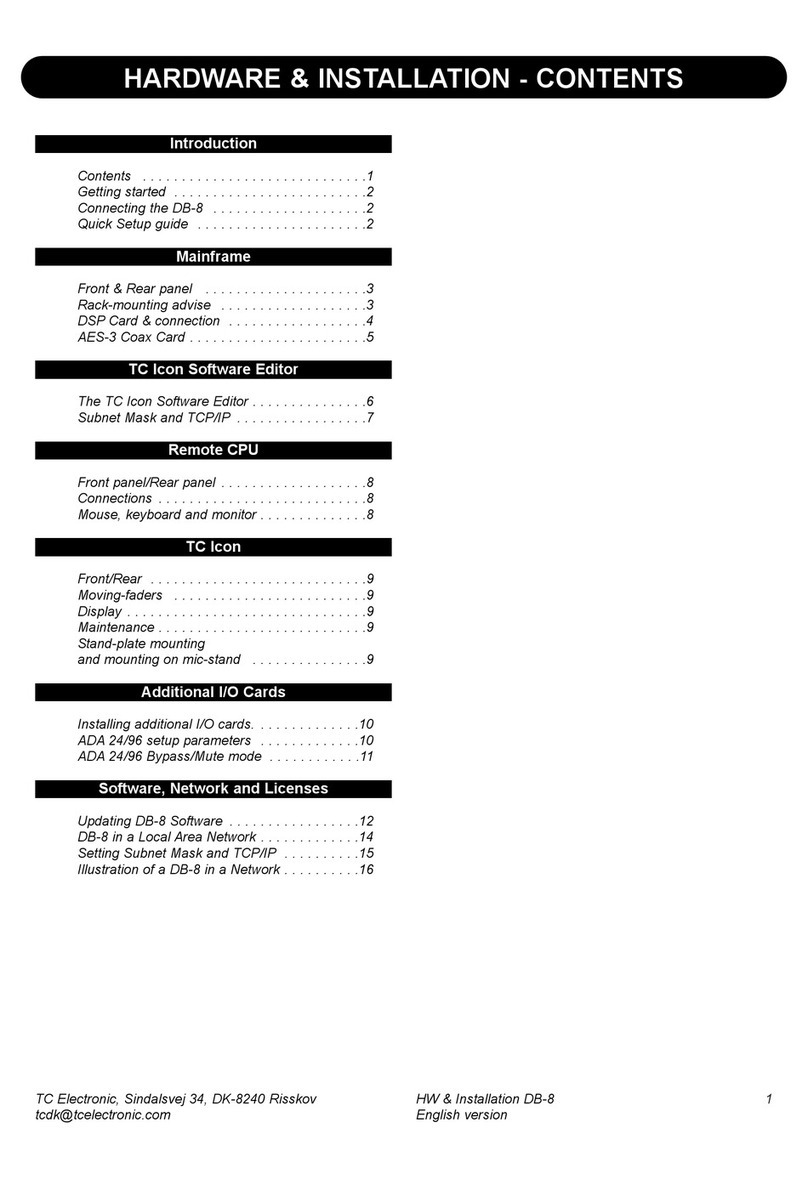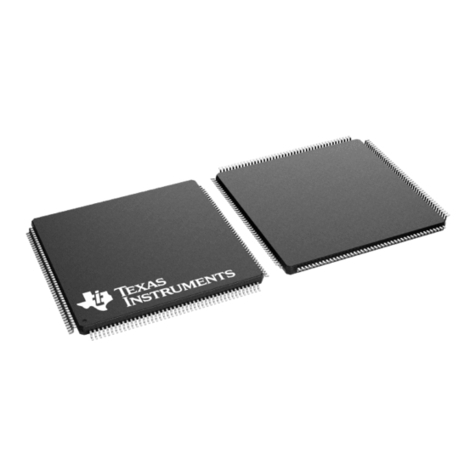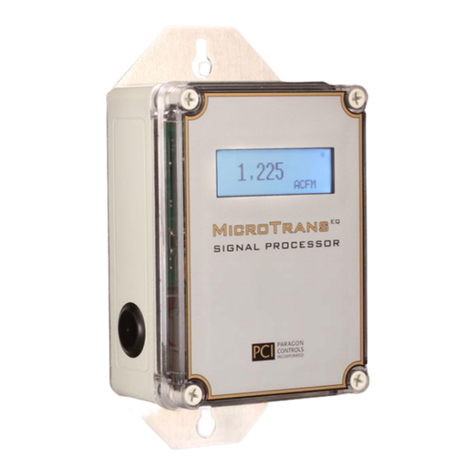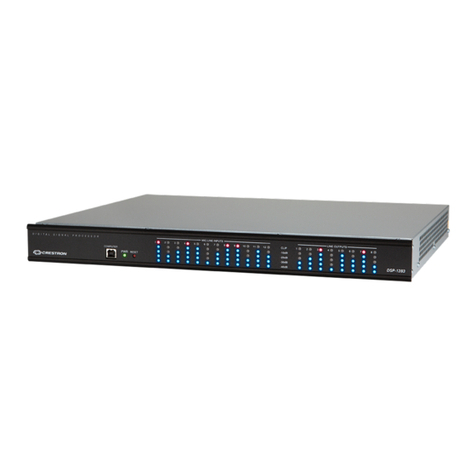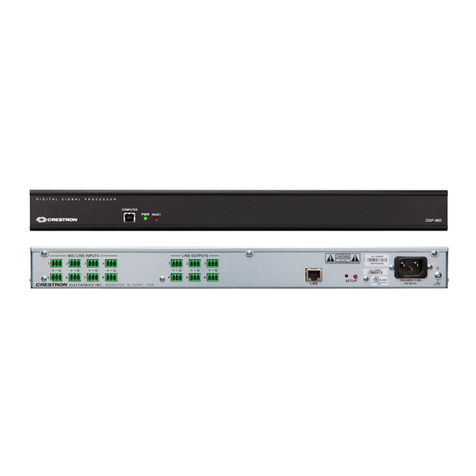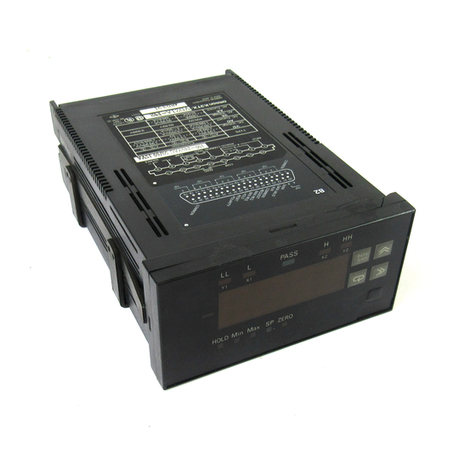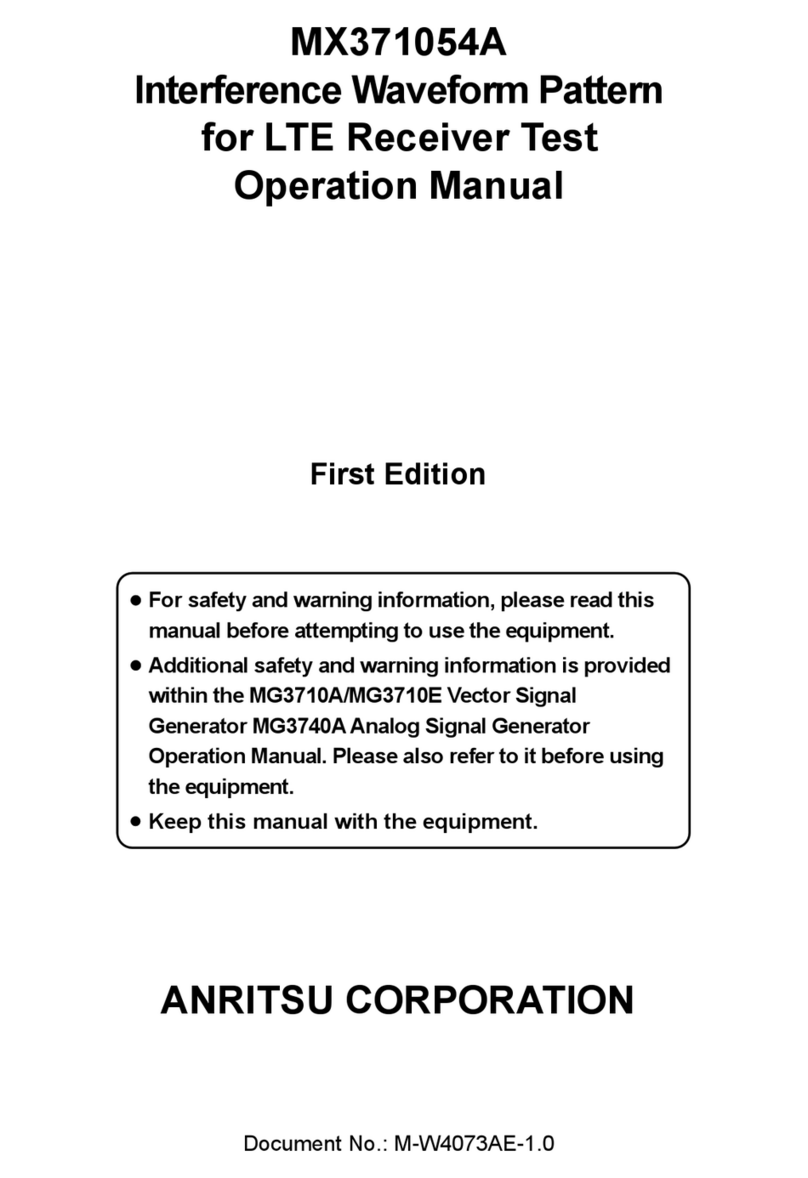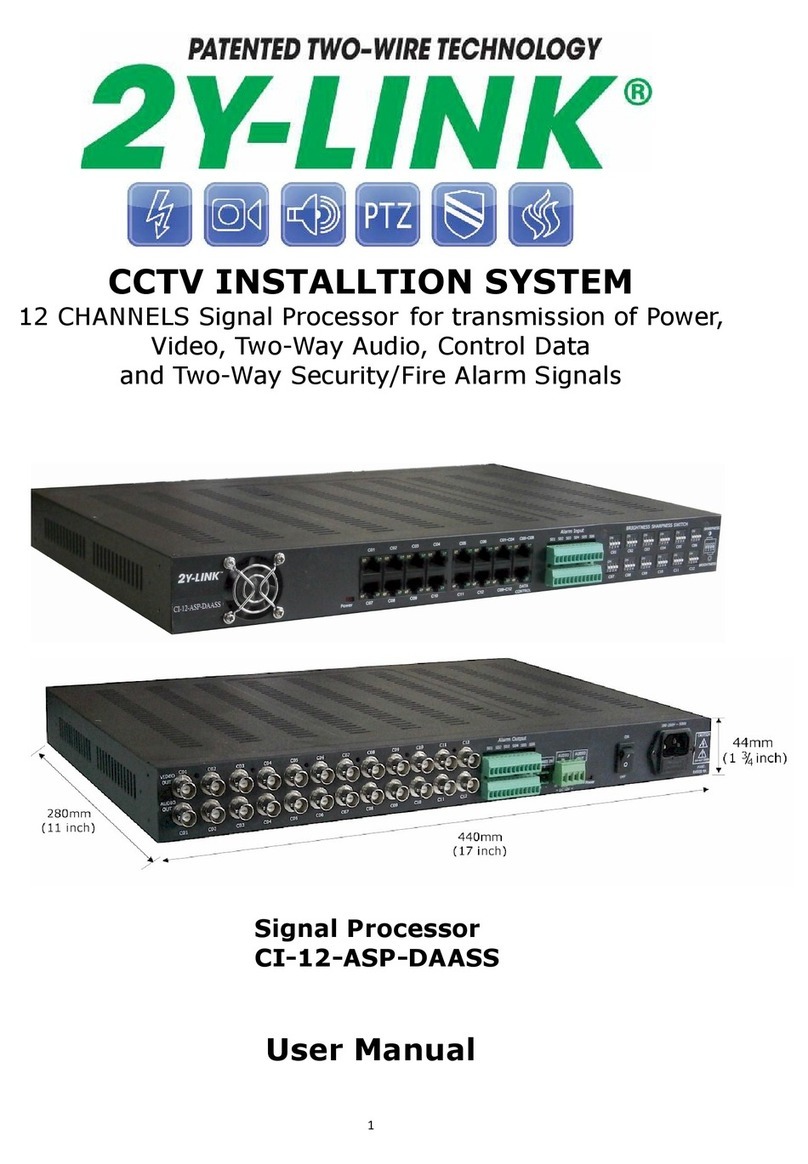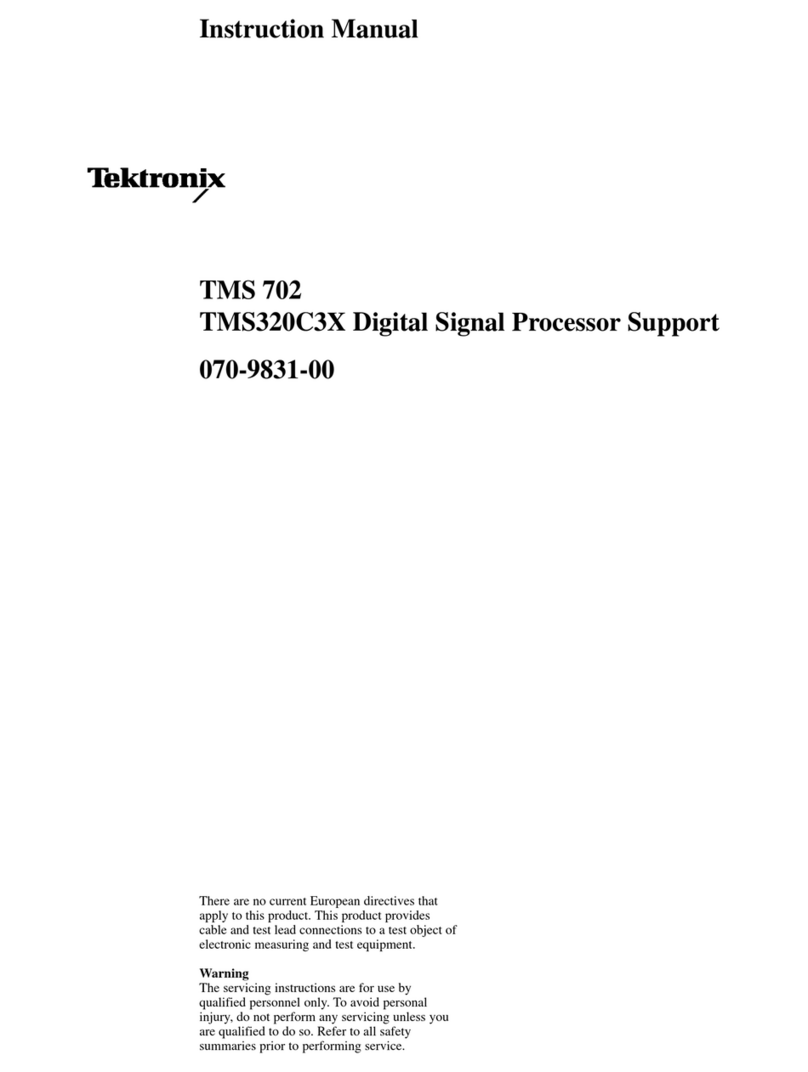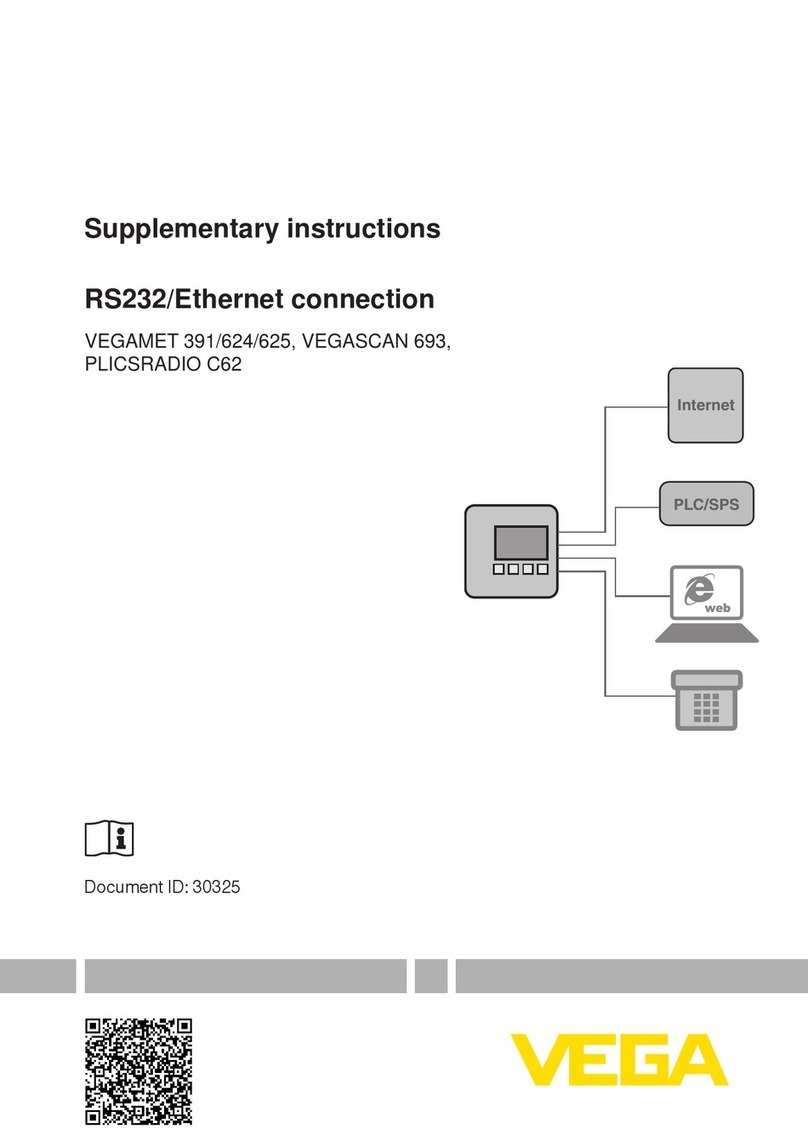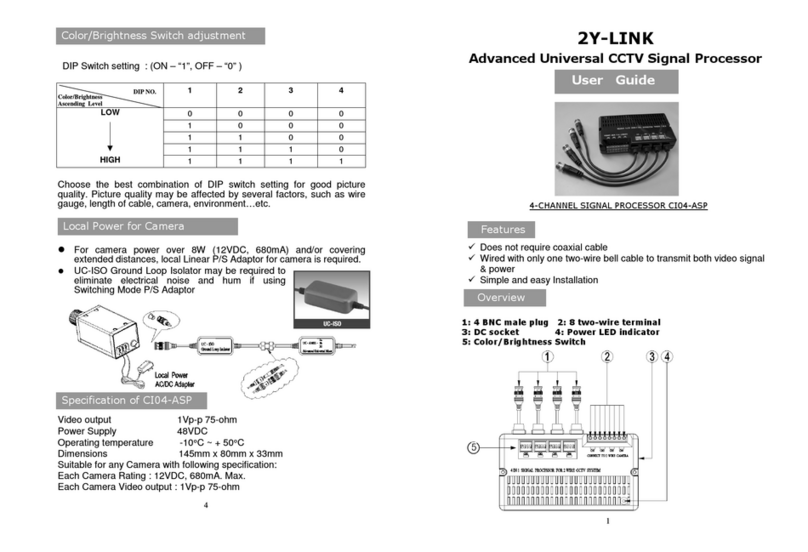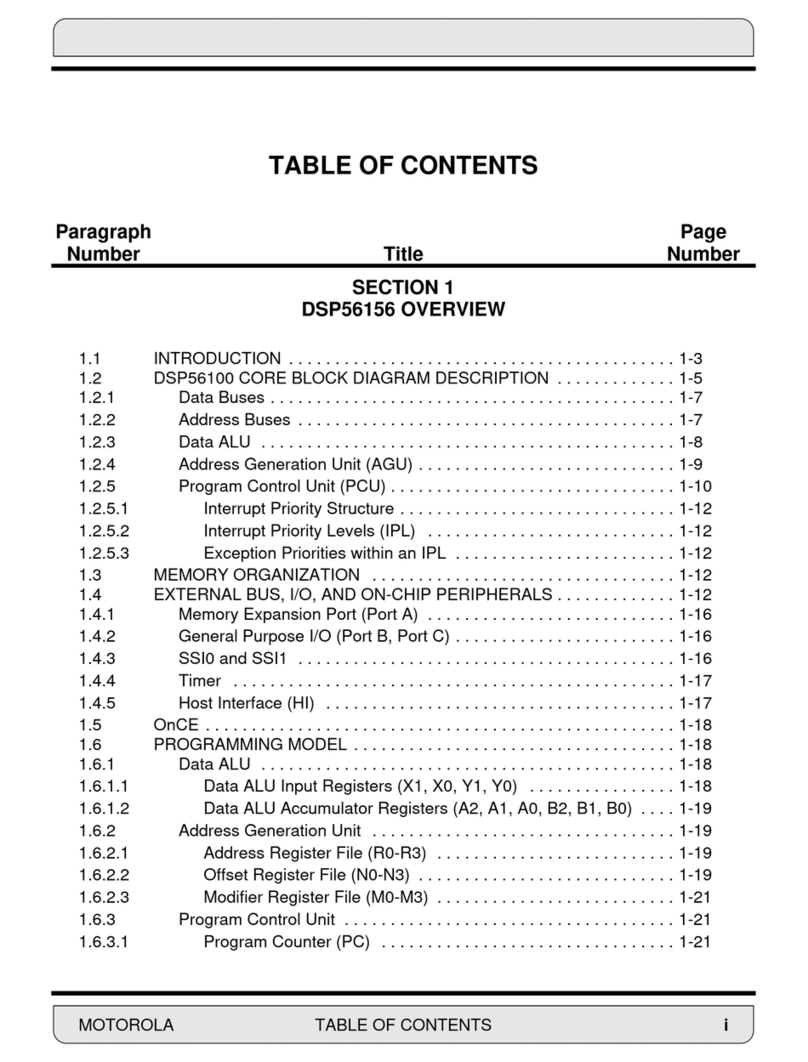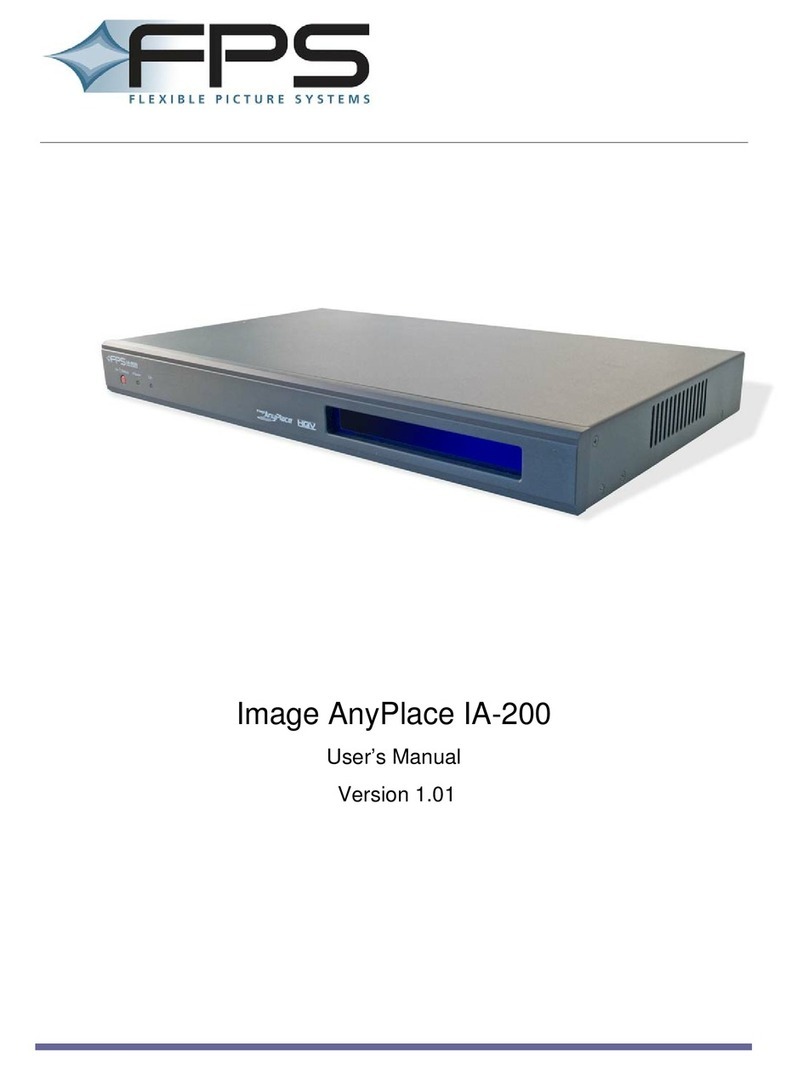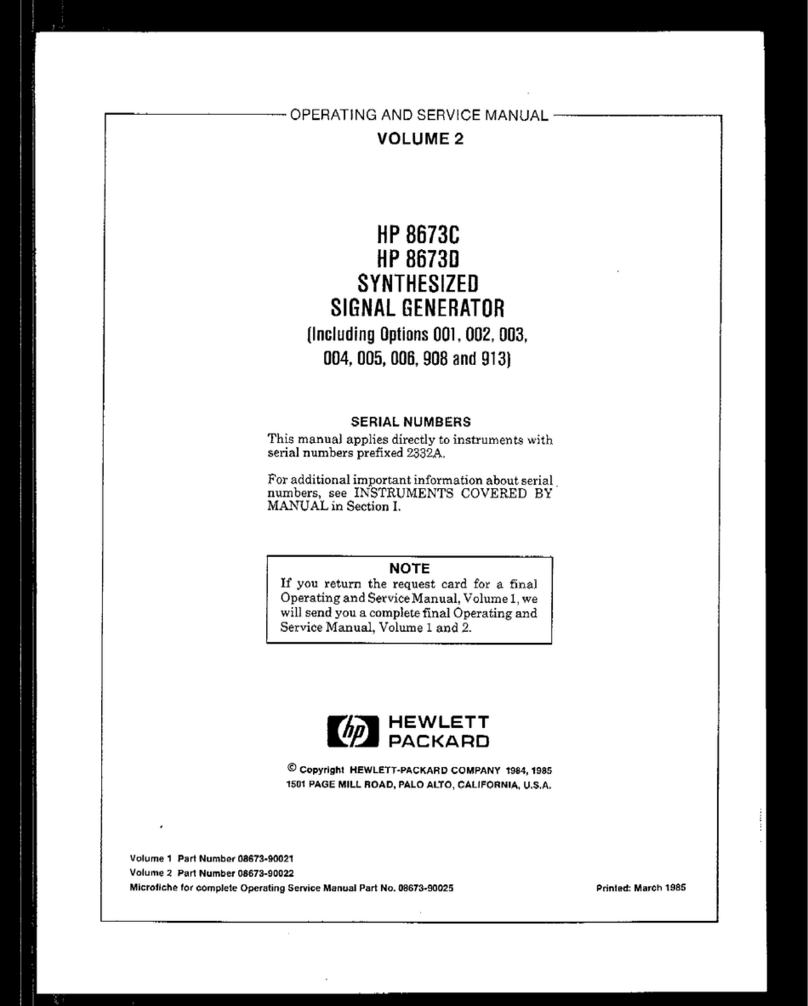
Configuration Guide — 8340B DSP-1282 &DSP-1283: Secure SIP Endpoint with Avaya Aura 7.1• 3
Product Description
TheCrestron AviaDSP products (DSP-1282andDSP-1283,specifically)consistof afamily
of programmabledigitalaudiosignalprocessors intendedfor thecommercialsound
market.Each version provides 12analogmic/lineinputs andeightanaloglineoutputs.The
devices includeaLocalAreaNetwork(LAN)connection andaUniversalSerialBus (USB)
connection for programmingandcontrol.Theprogrammablesignalflowis afixed
topologywithuser-configurableinput andoutputprocessingchains usingalibrary of
presetsignal-specific DSP blocks.
UsetheCrestronAviatooto:
lDiscover thedeviceonthenetwork
lConfiguretheSIPparameters
lConfigurethemixers toallow2-waycommunicationonaSIP call
Savetheaudioconfiguration alongwith theSIP configurationas aproject file.Theproject
filecanbeloadedontoallof theDSPs thatreceivesimilar settings onagivenproject.Minor
modifications maybenecessary.
UsetheCrestronToolbox™ softwaretodiscover andcontrolallCrestron devices on the
network.
Duringtheintegrationtest,CrestronToolboxcan:
lDiscover devices onthenetwork
lConsoleconnecttothedevices
lConfiguretheEthernetsettings
lUpgradefirmware
Summary
This documentdescribes howtoconfiguretheCrestron AviaDSP devices,insecuremode,
as basicSIPendpoints.Italsoprovides information onhowto register devices totheAvaya
AuraSessionManager withdigest authentication.
Supportedfeatures include:
lRegistrationwithdigestauthentication
lBasic calls withG711u andG711acodecs
lDual-ToneMulti-Frequency(DTMF)support
lEarlymediasupport
lRetrievalof aparkedcall
lTransfereeinacalltransfer
lConferenceparticipant
lMember ofhuntgroup


